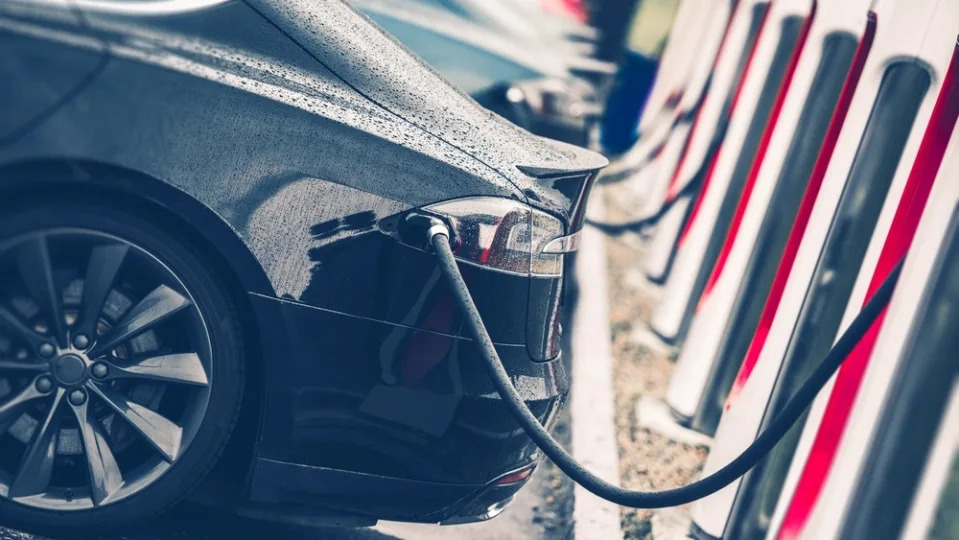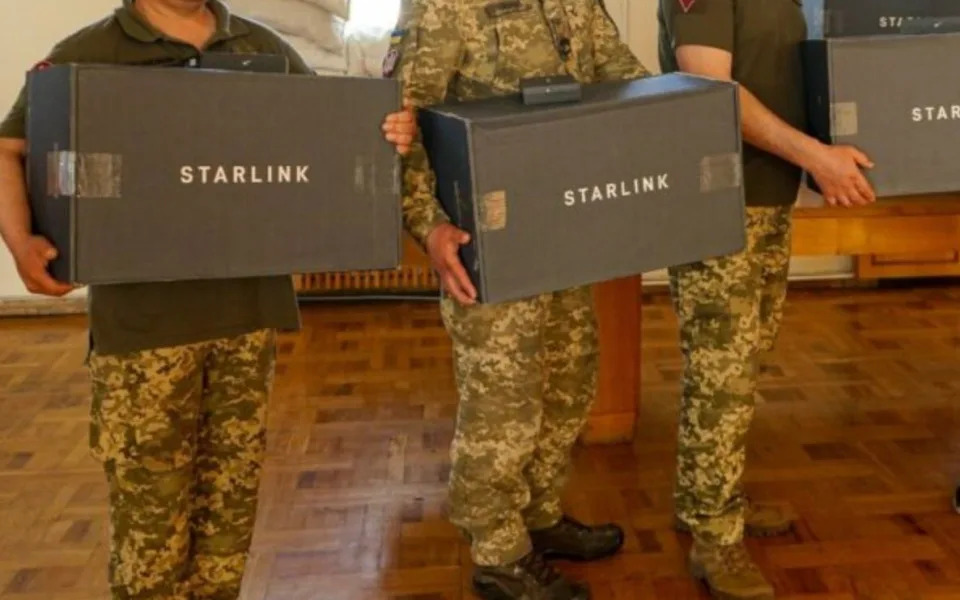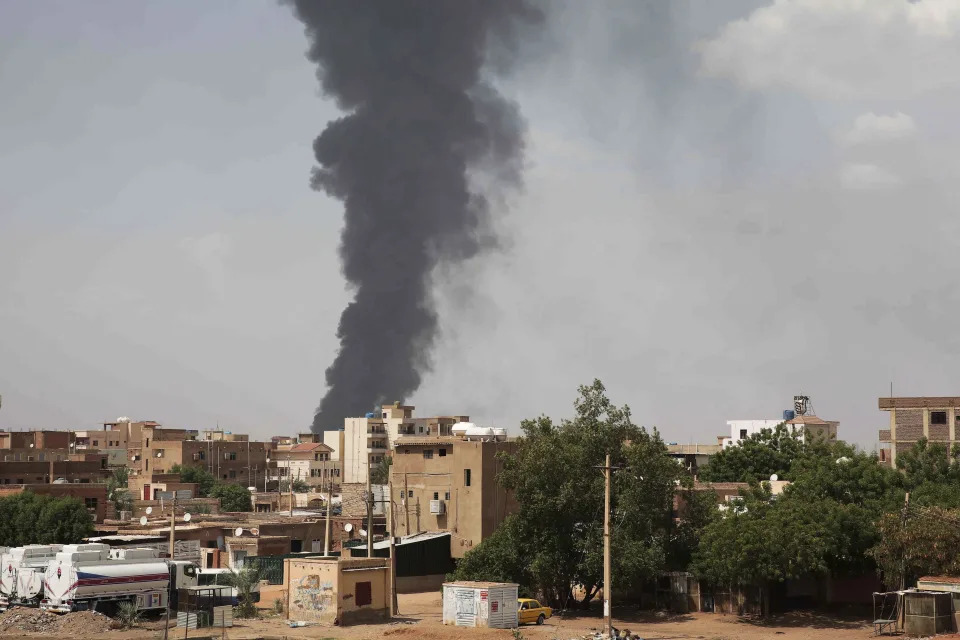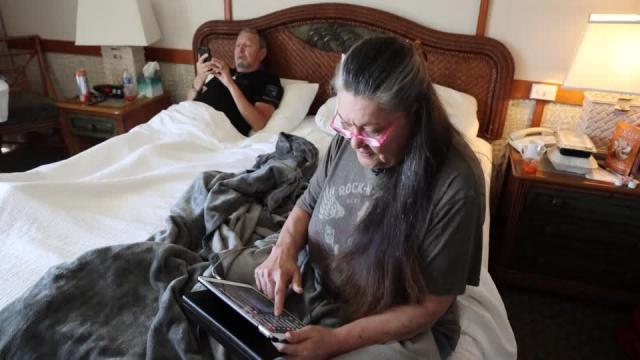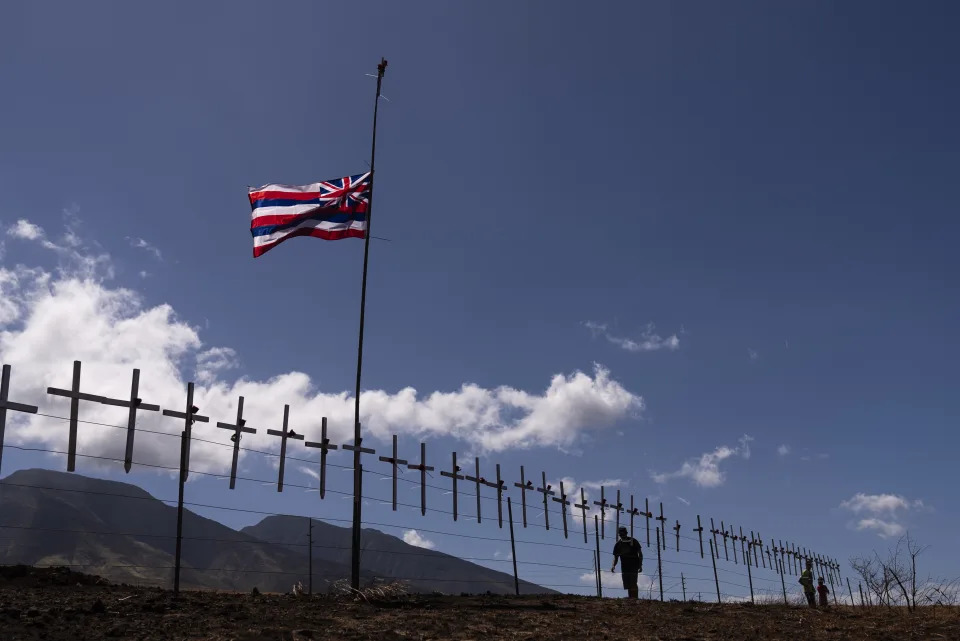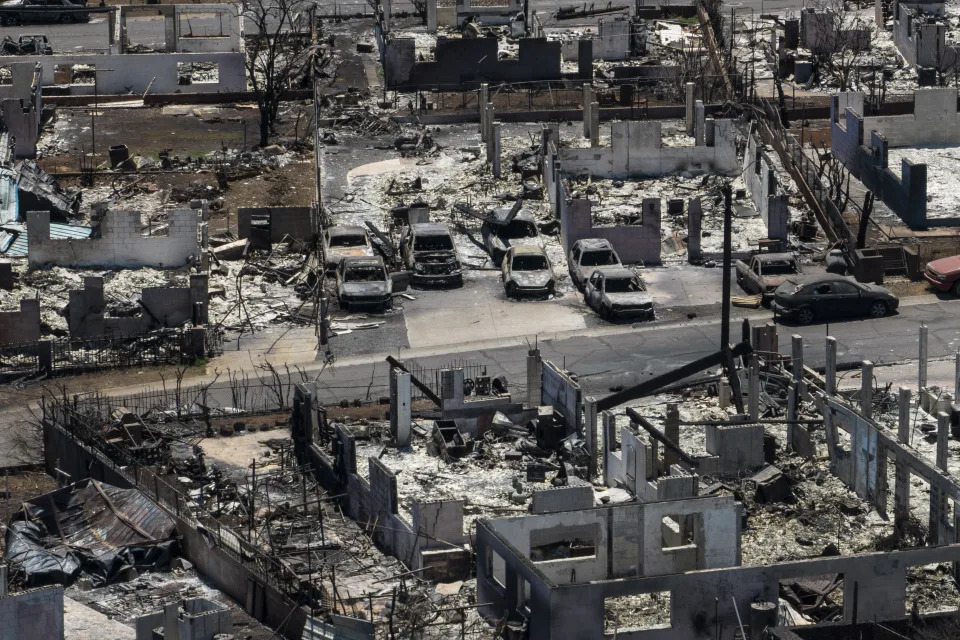LAHAINA, Hawaii (AP) — Authorities in Hawaii on Tuesday pleaded with relatives of those missing after the deadliest U.S. wildfire in more than a century to come forward and give DNA samples, saying the low number provided so far threatens to hinder efforts to identify any remains discovered in the rubble.
Some 1,000 to 1,100 names remain on a tentative, unconfirmed list of people unaccounted for after wildfires destroyed the historic seaside community of Lahaina on Maui. But the family assistance center so far has collected DNA samples from just 104 families, said Julie French, who is helping lead efforts to identify remains by DNA analysis.
Maui Prosecuting Attorney Andrew Martin, who is running the center, said the number of family members coming in to provide DNA samples is “a lot lower than they’ve seen in other disasters,” though it wasn’t immediately clear why.
“That’s our concern, that’s why I’m here today, that’s why I’m asking for this help,” he said.
Martin sought to reassure people that any samples would be used only to help identify victims of the fires and would not be entered into any law enforcement databases or used for any other purpose. Those who donate also would be not asked about their immigration status or U.S. citizenship, he said.
“What we want to do — all we want to do — is help people locate and identify their unaccounted-for loved ones,” Martin said.
Two weeks after the flames tore through Lahaina, officials are facing huge challenges to determine how many of those perished and how many may have made it to safety but haven't checked in.
Something similar happened after a wildfire in 2018 that killed 85 people and destroyed the town of Paradise, California. Authorities in Butte County, home to Paradise, ultimately published a list of the missing in the local newspaper, a decision that helped identify scores of people who had made it out alive but were listed as missing. Within a month, the list dropped from 1,300 names to only a dozen.
“I probably had, at any given time, 10 to 15 detectives who were assigned to nothing but trying to account for people who were unaccounted for,” Butte County Sheriff Kory Honea said in a phone interview. “At one point the local editor of our newspaper … said, ‘Hey, if you give me the names, I will print them.’ And at that point it was like, ‘Absolutely. Anything that we can do to help out.’ ”
Hawaii officials have expressed concern that by releasing a list of the missing, they would also be identifying some people who have died. In an email Tuesday, the State Joint Information Center called it "a standard held by all law enforcement and first responders here in Hawaii, out of compassion and courtesy for the families, to withhold the names until the families can be contacted.”
As of Monday, there were 115 people confirmed dead, according to Maui police. All single-story, residential properties in the disaster area had been searched, and teams were transitioning to searching multi-story residential and commercial properties, Maui County officials said in an update late Monday.
There are widely varying accounts of the tally of the missing. Hawaii Gov. Josh Green said Sunday that more than 1,000 remained unaccounted for. Maui Mayor Richard Bissen said in a pre-recorded video on Instagram that the number was 850. And during President Joe Biden's tour of the devastation on Monday, White House homeland security adviser Liz Sherwood-Randall put it between 500 and 800.
An unofficial, crowd-sourced spreadsheet of missing people posted online listed nearly 700 names as of Tuesday.
Roseanna Samartano of Lahaina said she didn’t know anyone was looking for her until an FBI agent phoned her a few days ago to say she was on a missing persons list.
“I was shocked. Why is the FBI calling me?” the 77-year-old retiree said. “But then he came out with it right away, and then I kind of calmed down.”
It turned out a friend had reported her missing because he'd been unable to get in touch despite calling, texting and emailing. Her neighborhood of Kahana — which didn’t burn — had no power, cellphone service or internet in the days after the fires.
Sen. Gilbert Keith-Agaran, representing central Maui, said he’s not aware of any rules that prevent officials from making the list public. But as someone with several members of his extended family still unaccounted for, he understands why some may not want the list released.
“I’m not going to second-guess the approach by the mayor and his people right now,” he said.
Questions are also emerging about how quickly the names of the dead are being publicly released, even after family members have been notified. Maui residents are growing increasingly frustrated as the search for their loved ones drags on.
The Honolulu Star-Advertiser reported Tuesday that the Maui Police Department has instructed the medical examiner in Honolulu — where some burn patients were taken for treatment — not to release the names of anyone who dies from injuries sustained in Lahaina fire. The request came after one severely burned patient died and the man's name appeared in media reports after notification of his next of kin.
“I don’t know why they aren’t releasing the names," Honolulu Department of the Medical Examiner Supervising Investigator Theresa Reynolds told the newspaper.
Clifford Abihai said he feels like he's getting the run-around from authorities. He came to Maui from California after getting nowhere finding answers about his grandmother, Louise Abihai, 98, by phone. He has been just as frustrated on the ground in Maui.
"I just want confirmation,” he said last week. “Not knowing what happened, not knowing if she escaped, not knowing if she’s not there. That’s the hard thing.”
As of Tuesday, he said, he still had learned nothing further.
His grandmother lived at Hale Mahaolu Eono, a senior living facility where another member of his extended family, Virginia Dofa, lived. Authorities have identified Dofa as one who perished. Abihai described Dofa and Louise Abihai as best friends.
He said his grandmother was mobile and could walk a mile a day, but it was often hard to reach her because she'd frequently turn off her cell phone to save battery power.
Confirming whether those who are unaccounted for are deceased can be difficult. Fire experts say it’s possible some bodies were cremated in the Lahaina fire, potentially leaving no bones left to identify through DNA tests.
“Those are easy when destruction is modest,” said Vyto Babrauskas, president of fire safety research consulting firm Fire Science and Technology Inc. “If you go to the extreme of things — if turned to ash — you’re not going to be able to identify anything.”
Honea, the Butte County sheriff, said it took weeks to complete the search for remains in Paradise, and his detectives worked 16-hour days to narrow the list of the missing. Today there is only one person who still remains unaccounted for, and Honea said he has reason to believe that person was not in town the day of the fire.
The situation on Maui is evolving, but those who lived through similar tragedies and never learned of their loved ones' fate are also following the news and hurting for the victims and their families.
Nearly 22 years later, almost 1,100 victims of the 9/11 terror attacks, which killed nearly 3,000, have no identified remains.
Joseph Giaccone’s family initially was desperate for any physical trace of the 43-year-old finance executive, who worked in the World Trade Center's North Tower, brother James Giaccone recalled. But over time, he started focusing instead on memories of the flourishing man his brother was.
If his remains were identified and given to the family now, “it would just reinforce the horror that his person endured that day, and it would open wounds that I don’t think I want to open,” Giaccone said Monday as he visited the 9/11 memorial plaza in New York.
“So I am OK with the way it is right now,” he said.
____
Rush reported from Portland, Oregon, and Kelleher reported from Honolulu. Associated Press writers Jennifer Peltz in New York, Janie Har in San Francisco and Becky Bohrer in Juneau, Alaska, contributed.






